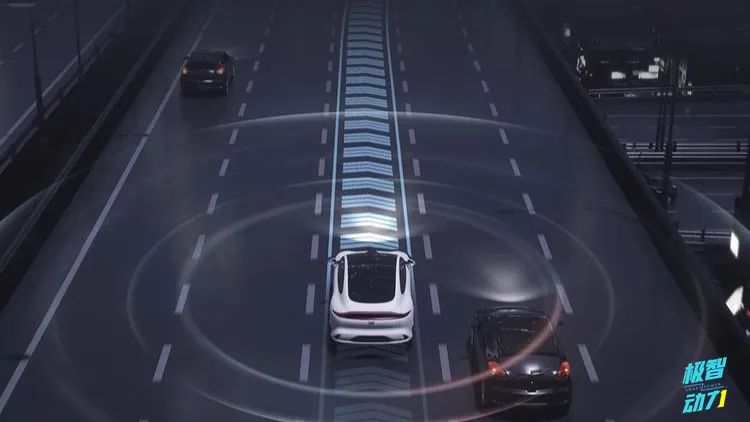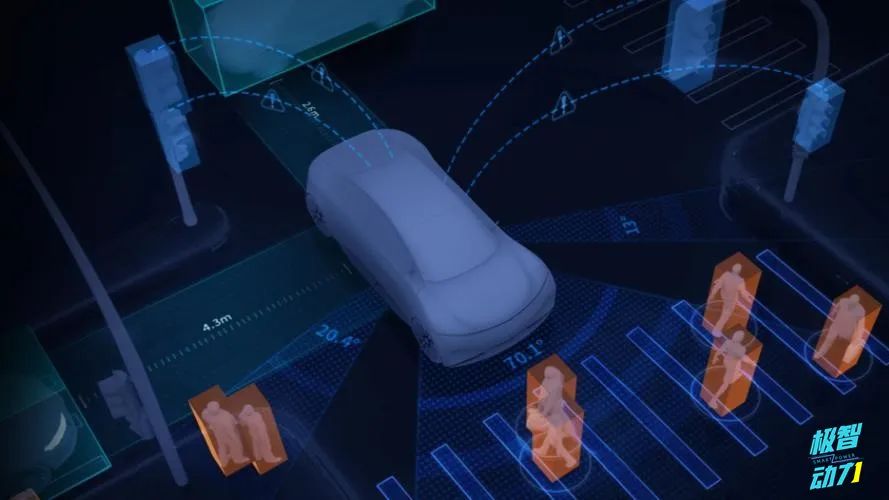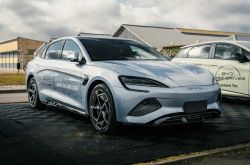Legalization of L3 Intelligent Driving for Private Cars: Making Driving Easier?
![]() 04/14 2025
04/14 2025
![]() 704
704
April 1, 2025, marks an indelible day in China's intelligent driving industry. On this historic occasion, the "Beijing Autonomous Vehicle Regulations" came into effect, permitting L3 autonomous driving private cars to legally traverse roads for the first time. This landmark development signifies that on Beijing's highways and urban expressways, drivers can temporarily relinquish control of the steering wheel, allowing the vehicle to autonomously handle tasks such as following, lane changing, and even overtaking – provided, of course, that they remain ready to intervene at any moment.
What exactly does L3 autonomous driving entail?
According to international standards, autonomous driving spans six levels, from L0 to L5. L3, known as "conditional autonomous driving," represents a pivotal shift in delineating the rights and responsibilities between human and machine. Unlike L2 systems (such as Tesla's Autopilot and Xiaopeng's NGP), L3 can fully assume control of the vehicle in specific scenarios, absolving drivers from the need for constant road monitoring.

For instance:
During highway congestion, the vehicle autonomously maintains a safe distance, intelligently selects the optimal lane, and even performs overtakes independently.
On urban expressways, the system automatically adjusts the vehicle's speed to address emergencies, like sudden braking or lane changes by preceding vehicles.
In parking lots, the valet parking function enables drivers to exit the vehicle in advance, with the car finding and parking itself, eliminating the hassle of navigating tight spaces.
However, L3 is not synonymous with full autonomy. Its core logic revolves around "system-led, human-assisted." When the system determines that complex road conditions exceed its capabilities, it promptly alerts the driver to take control. In essence, you can momentarily "relax," but not fully "recline."
Regulations Break the Ice, Technology Accelerates
Previously, regulatory constraints hindered the legal deployment of L3 and higher levels of autonomous driving private cars. Even if automakers developed related functions, they were marketed as "assisted driving," requiring drivers to keep their hands on the wheel throughout the journey. The implementation of Beijing's new regulations has finally broken this impasse.

Currently, pilot programs are underway in ten cities, including Beijing and Shanghai, with L3 models from automakers like Huawei, Xiaopeng, and NIO undergoing rigorous testing. Data reveals that China accounts for 37% of global patents in the autonomous driving field, and Beijing's 60-square-kilometer Yizhuang autonomous driving demonstration zone processes data volumes comparable to a medium-sized city daily.
By 2026, it is anticipated that over 20 L3 models will be mass-produced and introduced to the market. This indicates that in the next two years, intelligent driving will transition from a "novelty" to a "standard feature."
Enjoy Intelligent Driving, But Don't Overrely
Despite the enhanced convenience offered by L3, industry experts repeatedly caution that it is not fully autonomous driving.
System Boundaries: L3 operates within specific scenarios (e.g., highways and expressways) and necessitates manual intervention in complex road conditions (e.g., construction zones and extreme weather).
Clear Responsibility Division: While the system is active, the automaker bears responsibility. However, if the driver fails to respond when prompted to take over, liability for any accidents reverts to the human driver.
Psychological Trust Barrier: Many individuals remain skeptical of autonomous driving, as relinquishing control to a machine demands a period of adjustment.
Thus, even if your car supports L3, refrain from binge-watching dramas or dozing off in the car – vigilance remains crucial at this stage.

The legalization of L3 marks a significant milestone for China's intelligent driving industry. It not only fosters the genuine integration of technology but also allows everyday consumers to experience the convenience of autonomous driving sooner. However, the journey from L3 to higher levels of L4 (highly autonomous driving) and L5 (fully autonomous driving) remains a lengthy one.
It is foreseeable that as regulations evolve and technology matures, future travel modes will undergo a profound transformation. Perhaps in years to come, when reflecting on today, we will smile and remark, "So, we actually had to hold the steering wheel ourselves back then?"
And now, the L3 era of intelligent driving has only just dawned.





